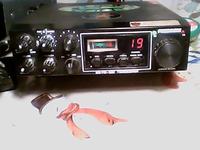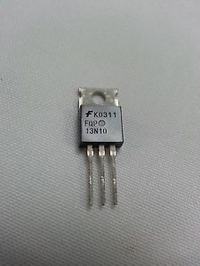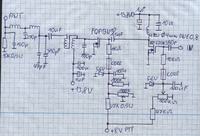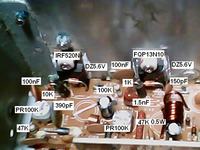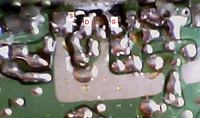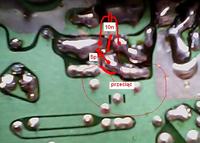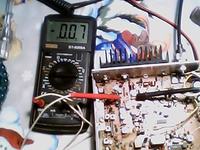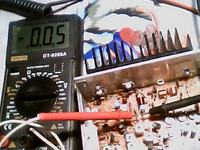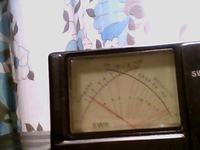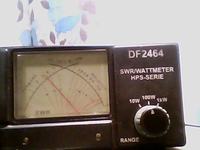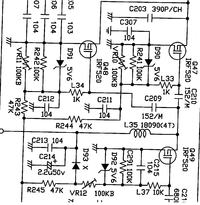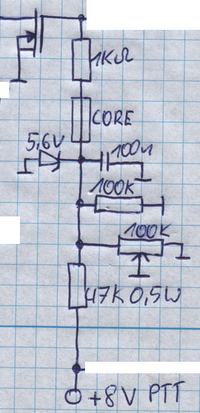rekinisko wrote: maxxim wrote: ... When you buy crap from strange cheap stores, you have junk, not transistors ...
With all due respect to Cebie, but if you're talking about these transistors from the ebay photo, they're not the originals. There is no need for unnecessary comments, they stopped producing these transistors more than 15 years ago. You can find information about it on the Internet. You just buy another transistor with the inscription reprinted and that they work, congratulations. Only the "same" ones are probably much cheaper before they changed their name.
---
After a few moments of searching, we found a revision of your transistor from ebay. The phrase E3T1 was used by vishay to produce sud40n10-25 mosfets :)
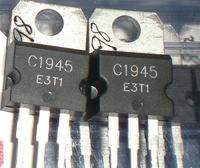
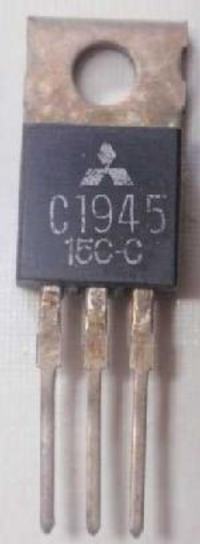
I'm sorry but I don't know where is the problem ??? I have never said anywhere that they were originals, because they are rather hard to buy and there is no point in overpaying.
And this is a text taken from the auction that explains everything - also what I meant when I wrote about the crap transistors.
"
This is a new matched pair of 2SC1945 Eleflow replacement RF power transistors for CB / HAM radios.
Commonly used in many old type CB transceivers as a PA final and also in some vintage HF transceivers as PA drivers or finals.
This transistor uses internal CE diode protection and is designed as a direct replacement for the original Mitsubishi device which was
discontinued in 2003.
Note; All pairs are matched for within a hFE of 2, most pairs are exact match - hFE range is from 80 - 110.
2SC1945 SUBSTITUTE APPLICATIONS:
The 2SC1945 RF transistor can also be used to replace the obsolete 2SC2509 Toshiba and 2SC3133 Mitsubishi RF transistors commonly used in the PA stages of many older HF transceivers.
2SC1945 = common emitter, B - E - C
2SC3133 = common emitter, B - E - C
2SC2509 = common emitter, B - E - C
WARNING- 2SC1945 FAKES & REFURBISHED!
The 2SC1945 transistor was discontinued by Mitsubishi in 2003 and like so many devices of this type is now highly counterfeited, many of these Fakes and also refurbished parts (used pulls) are widely available on the market and can be purchased at cheap prices but many are of poor quality and in most cases do not even work - you have been warned!
SPECS-
Make, Eleflow Technologies.
Part #, 2SC1945
Condition, Brand new
Package, T-30 = TO-220, FIN = EMITTER (common emitter)
Type, NPN - EPITAXIAL PLANAR - SILICON, RoHS compliant = Pb free.
Vcc, 13.8v
Ic,> 6a peak
Gain / Gpe,> 14.5db
Max pwr 'out, 16 watts typical (13.8V @ 27 Mhz)
Freq 'range> 30 Mhz HF
Application, Especially suited for use in class A / B power amplifiers in HF band etc.
title
Check my other listings for more RF transistors.
Thanks for looking. "
KrzysztofS wrote: My friend, however, the price of these transistors is knocking down. It knocks because they are used in Linkolanch and other radios and only because. The strike price is not much different than an IRF. But selling aaa because it is Linkol's. That's why we're saying no here. Better to convert to PLN 5, not PLN 80
This is the price for paired transistors !! Two pieces!
